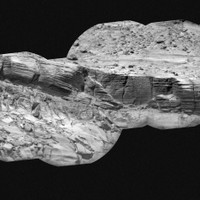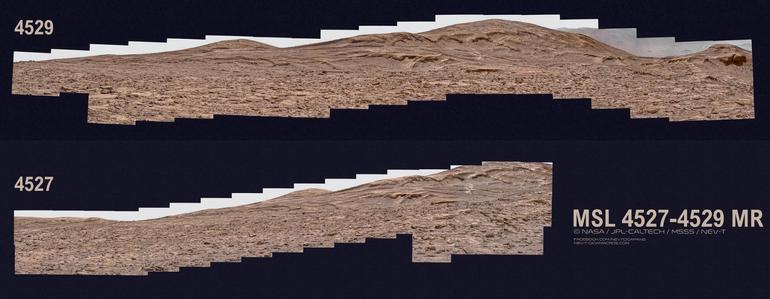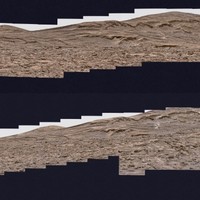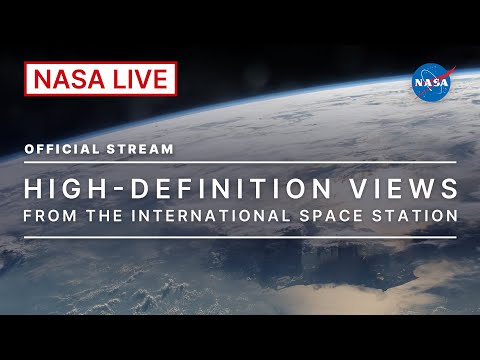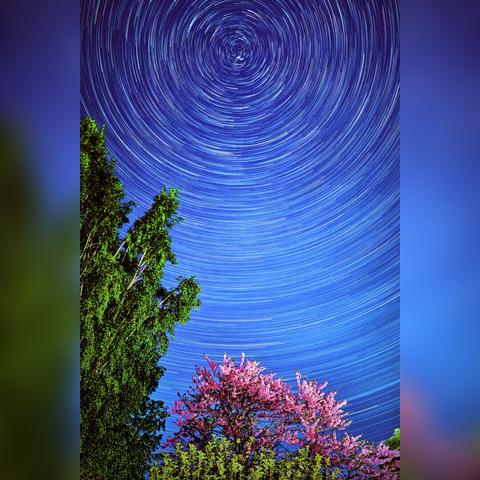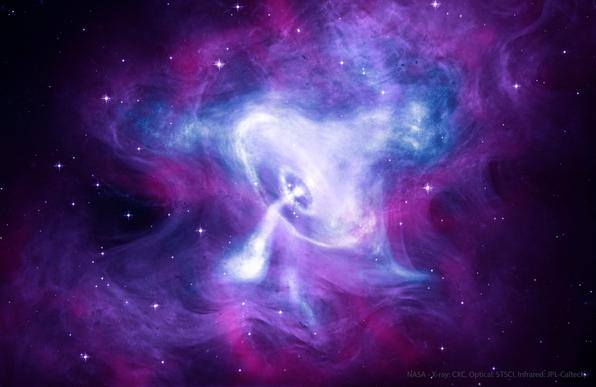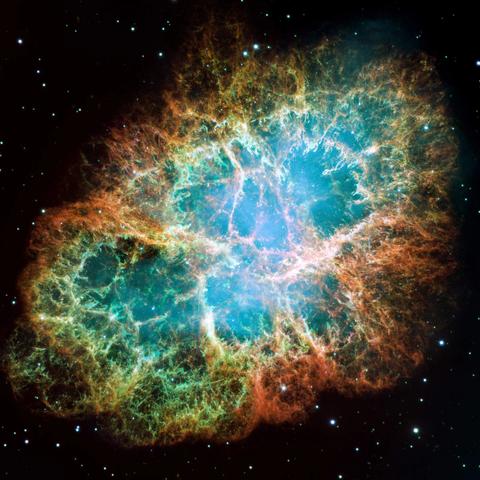The Crab Nebula is a nearby example of the debris left behind when a star undergoes a violent death in a supernova explosion. However, despite decades of study, this supernova remnant continues to maintain a degree of mystery: what type of star was responsible for the creation of the Crab Nebula, and what was the nature of the explosion? The NASA/ESA/CSA James Webb Space Telescope has provided a new view of the Crab, including the highest-quality infrared data yet available to aid scientists as they explore the detailed structure and chemical composition of the remnant. These clues are helping to unravel the unusual way that the star exploded about 1000 years ago.
https://esawebb.org/news/weic2417/
Animation showing the Crab Supernova explosion and its remant.
Credit:
ESA/Hubble (M. Kornmesser & L. L. Christensen)
#space #nebula #pulsar #supernova #astrophotography #photography #science #nature #NASA

